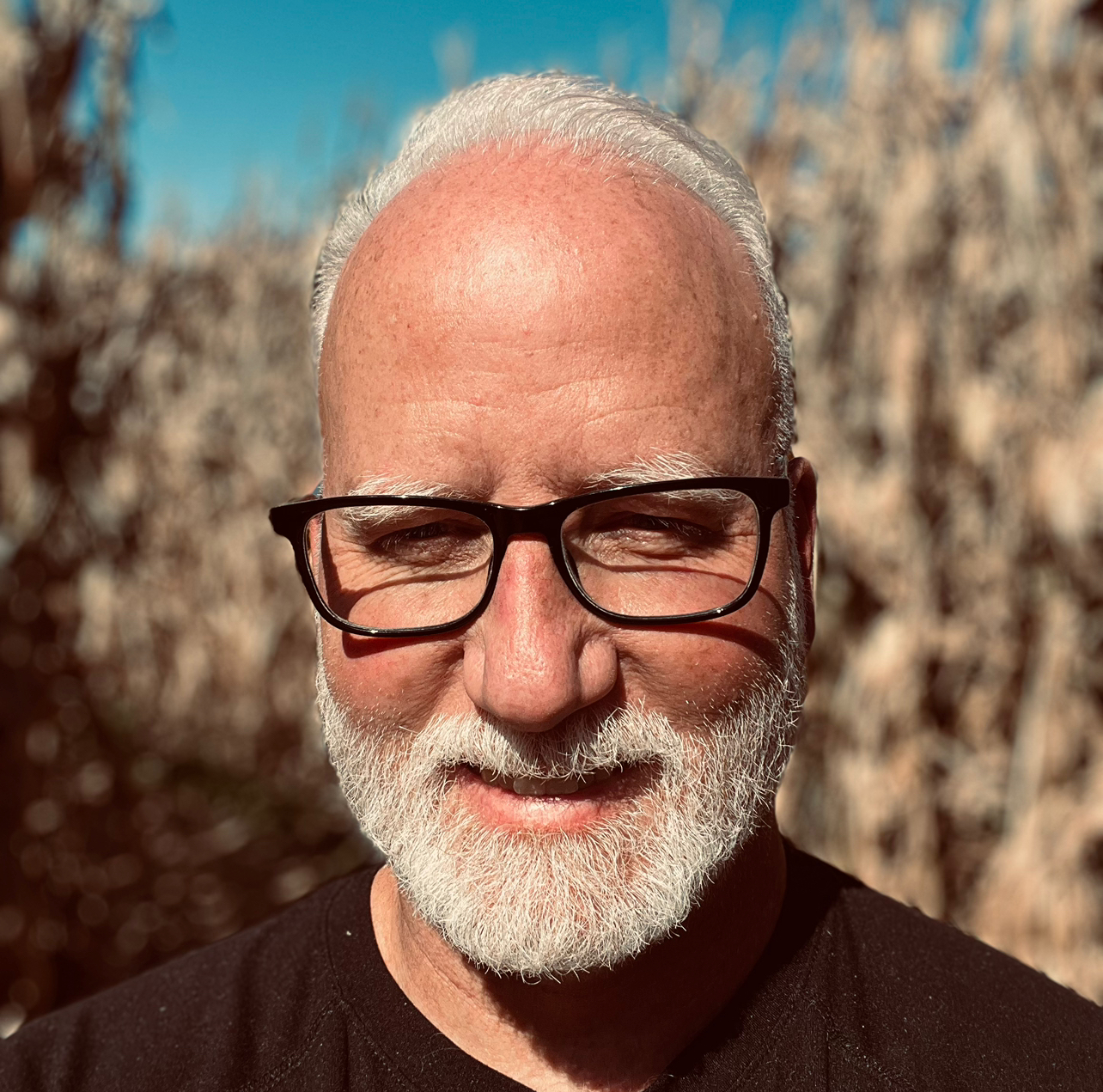- Register
- ☰
×
Register Today
Don Shomette
540-577-7200
don@donshomette.com
Safe & Loved
Coaching/Consulting
Trainings
Free Resources
Some people go silent when something happens.
Not because they have nothing to say, but because they’re afraid of how it will be taken. They worry it will be misunderstood, used against them, or seen as weakness. So instead of speaking, they stay quiet.
That kind of silence isn’t passive. It’s protection.
Now think about a student who already feels isolated or disconnected.
Maybe they don’t have anyone they truly trust. Maybe they’ve been burned before. Maybe they’ve never had an adult show them they’re safe to talk to.
Or maybe they struggle with communication because of trauma, anxiety, or something else entirely.
For those students, even if they wanted to tell you something, they might not know how. Or worse, they might not believe anyone will listen.
Now stack those realities on top of each other.
What you get is a student who is trapped and alone but can’t tell you.
That is a terrible place to be.
And if we’re not paying attention, we won’t even know they’re in it.
This is why we have to be extra sensitive, extra present, and extra engaging. Because silence isn’t always apathy. Sometimes it’s fear. Sometimes it’s learned helplessness. Sometimes it’s the last line of defense.
And while we all like to think of ourselves as good communicators because our thoughts and words match up in our own heads, good communication isn’t about what makes sense to us.
It’s about whether the other person actually receives it.
How we say something is just as important as what we say.
If you’re in a leadership or support role such as a teacher, counselor, principal, coach, SRO—this matters more than you know.
Communication done well creates safety.
It clears up tension. Avoids conflict. Allows someone to articulate what they need before it ever becomes a crisis.
And that’s the real point.
Preventing violence doesn’t begin when you see a sign of danger.
It begins long before the idea of violence ever shows up.
The only person responsible for a violent act is the person who chooses it.
But we are not powerless. The environment we create, the trust we build, the opportunities we give people to be heard, those things can accelerate or delay a dangerous path.
In some cases, they can stop it from ever taking shape.
So when a student goes quiet, don’t assume they’re fine.
Don’t assume they’re being dramatic. Don’t assume they’ll speak up when it’s serious. Assume they’re alone. Assume they need help.
Be the person who proves to them that silence isn’t their only option.
Most counselors are 95% of the way to doing great threat assessments. What they need is the missing piece. In one day, your counselors and key leaders will learn the critical Path To Violence framework that turns good assessments into great ones.

Join the Safe & Loved Community and get more tips